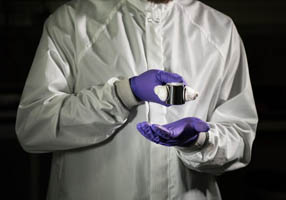
Refrigeration Systems
October 9, 2022
The Story of Glass
October 8, 2022Einstein teaches us that everything is relative.
When he postulated his General Theory of Relativity, he probably didn’t realise he was foreseeing a political future where truth was one of these relativitys.
In the age of ‘Fake News’ we need immoveable constants on which we can rely.
This is the role of Standards.
Whether they’re telling us the absolute truth when it comes to the accuracy of calibration laboratories, or defining units of measure, a standard is a quantifiable known value.
Until May 20 this year, the ‘International Prototype Kilogram’ is the master standard of weight. It is a highly polished piece of Platinum and Iridium, stored in an underground lab. This was the standard against which, all weights and measures are compared.


After May 2019, the world moves to a much more esoteric and harder to understand standard, based on the Planck constant of decay. The comprehension of this is way, way above my pay grade, but I’m told that this is a measure that is constant throughout the universe, so that’s good, I guess.
It’s not the first time this has occurred in my lifetime. The unit of measure for current is the Ampere (Amp) and when I was at Polytech, this was defined as a very large number of electrons passing a point per second. This made perfect sense; I could even visualise it.
How much energy each electron had was the voltage, and how many of them there were, was the current. Sweet-as! But then they went and changed it to the more accurate, but far more nebulous concept of the magnetic field generated by parallel conductors. Oy Vey!
When it comes to calibration, in New Zealand Measurements Standards Laboratory (MSL) in Wellington has the primary responsibility to provide measurement standards in accordance with the International System of Units (SI). They maintain the Standards to which some of us NZ accredited calibration laboratories are traceable to. MSL will be throwing away their Standard kilogram and updating to their Kibble Balance.
International Accreditation New Zealand (IANZ) is the NZ accreditation body which accredits laboratories to the international standard ISO-17025.
If you use a calibration lab that is IANZ accredited, you can be assured that their calibrations are traceable to the SI system.
IANZ publish a register of accredited labs at www.ianz.govt.nz for your convenience and assurance.
After all, anyone can start a lab, but without IANZ accreditation- how do you know they are any good?

